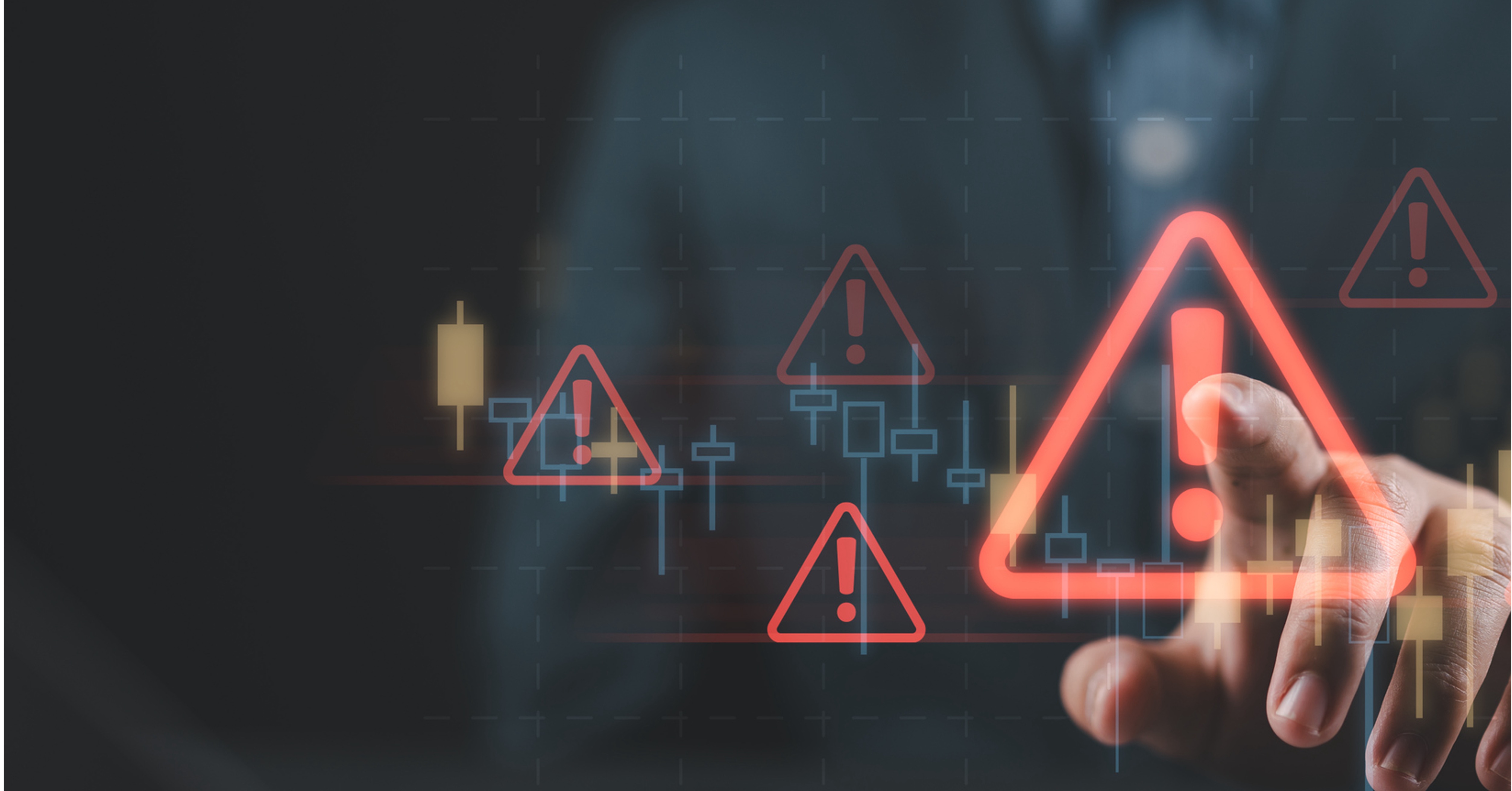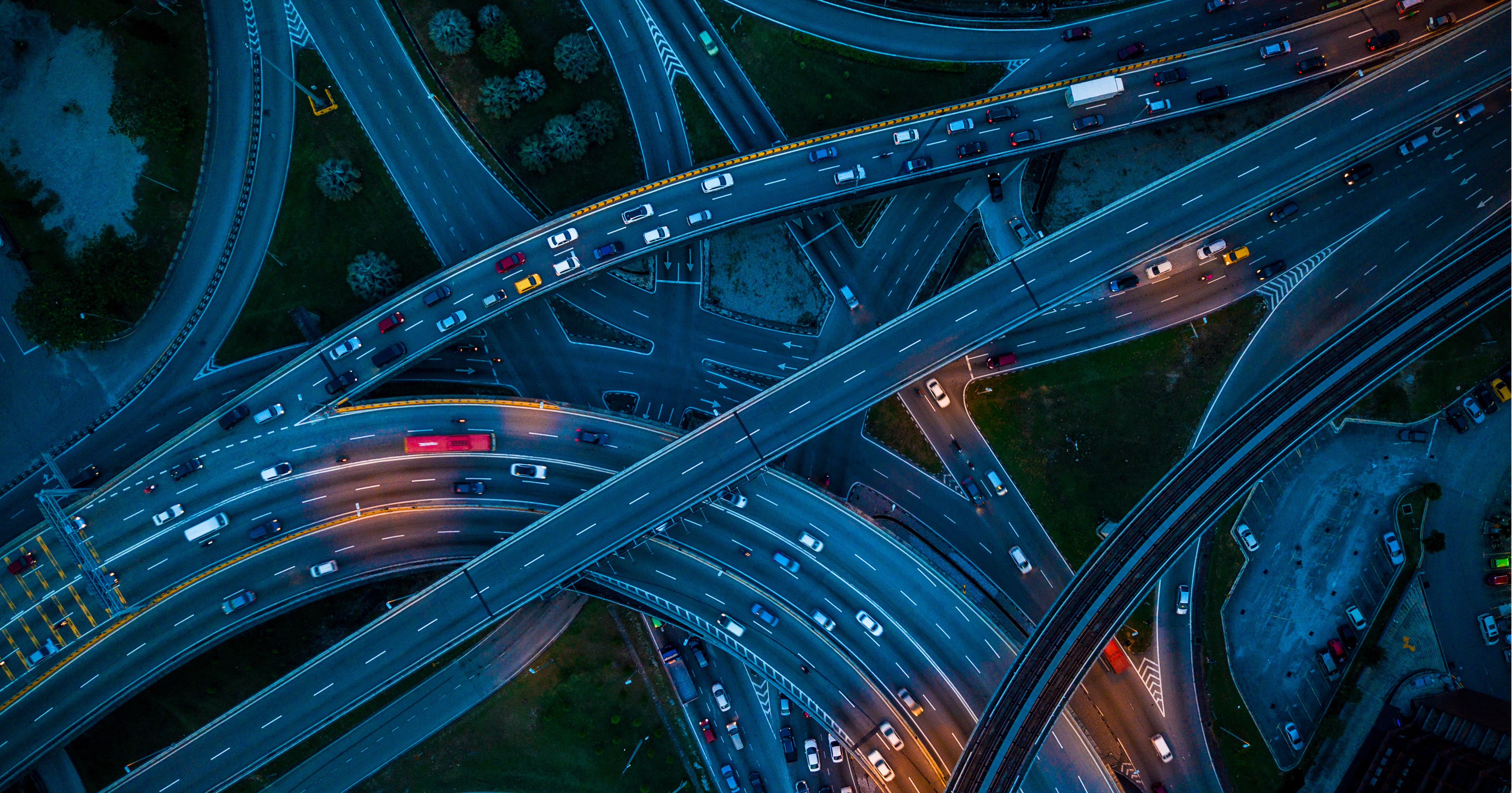
by Dan Risley, Vice President, Quality Repair & Market Development
A few months ago, a significant deadline passed that will reshape the collision repair industry – as of September 2022, any new vehicle should have, at minimum, advanced emergency braking (AEB) as a standard feature. What does that mean for collision repairers? The short answer is that it's a safe bet that more vehicles arriving at your shop will be equipped with multiple ADAS features and will need a diagnostic scan. The longer answer is that number of vehicles requiring at least one calibration is going to grow exponentially. Now is the time for collision repairers to act and prepare. CCC's 2022 Crash Course Mid-Year Report starts to paint the picture – as of mid-year 2022, only 19% of newer model vehicles (current model year) had a calibration charge on the estimate. That number is sure to climb as AEB becomes more commonplace.

Calibration or Calibrations? The more vehicles that are equipped with ADAS features, like AEB, the greater the likelihood that the vehicle will need at least one calibration after the vehicle has been in a collision loss. That wasn't a typo – you can in fact have more than one calibration needed on a vehicle. For example, some car manufacturers require a calibration as a result of simply removing and installing the bumper cover; the radar doesn’t even need to be directly impacted. The simple process of removing and installing the bumper cover that needs to be refinished could necessitate a calibration. So, a big decision is looming. How does your shop handle calibrations as a larger percentage of vehicles at your shop require at least one calibration? Do you want to keep those repairs in-house or is your preference to outsource the calibrations to a third party offsite? The Choice is Yours Your shop will need to decide how they handle this influx of calibrations. Keeping them in-house can have a higher up-front investment cost in equipment and personnel. However, you are much more in control of the cycle time and potential CSI impacts. If you choose to use a third party to perform calibrations, are giving up some control over the repair process and your cycle time is squarely in the crosshairs. Additionally, if you send a vehicle to a third party sublet for a calibration after the repairs are completed, there is a risk that a successful calibration cannot be completed. There is a percentage of those vehicles that will need to return to your shop for additional repairs because the wires were damaged, the technician forgot to plug the radar in, the radar wasn’t mounted properly, or the radar was mounted properly but the vehicle wasn’t pulled properly. Vehicles will continue to have more ADAS features, including AEB, that require calibrations. The frequency in which you will need to perform a calibration is going to continue to grow. More calibrations are on the horizon – so don’t put off making these important decisions. Set your shop up for short- and long-term success. It could help set you apart from your competition.

by Dan Risley, Vice President, Quality Repair & Market Development
A few months ago, a significant deadline passed that will reshape the collision repair industry – as of September 2022, any new vehicle should have, at minimum, advanced emergency braking (AEB) as a standard feature. What does that mean for collision repairers? The short answer is that it's a safe bet that more vehicles arriving at your shop will be equipped with multiple ADAS features and will need a diagnostic scan. The longer answer is that number of vehicles requiring at least one calibration is going to grow exponentially. Now is the time for collision repairers to act and prepare. CCC's 2022 Crash Course Mid-Year Report starts to paint the picture – as of mid-year 2022, only 19% of newer model vehicles (current model year) had a calibration charge on the estimate. That number is sure to climb as AEB becomes more commonplace.

Calibration or Calibrations? The more vehicles that are equipped with ADAS features, like AEB, the greater the likelihood that the vehicle will need at least one calibration after the vehicle has been in a collision loss. That wasn't a typo – you can in fact have more than one calibration needed on a vehicle. For example, some car manufacturers require a calibration as a result of simply removing and installing the bumper cover; the radar doesn’t even need to be directly impacted. The simple process of removing and installing the bumper cover that needs to be refinished could necessitate a calibration. So, a big decision is looming. How does your shop handle calibrations as a larger percentage of vehicles at your shop require at least one calibration? Do you want to keep those repairs in-house or is your preference to outsource the calibrations to a third party offsite? The Choice is Yours Your shop will need to decide how they handle this influx of calibrations. Keeping them in-house can have a higher up-front investment cost in equipment and personnel. However, you are much more in control of the cycle time and potential CSI impacts. If you choose to use a third party to perform calibrations, are giving up some control over the repair process and your cycle time is squarely in the crosshairs. Additionally, if you send a vehicle to a third party sublet for a calibration after the repairs are completed, there is a risk that a successful calibration cannot be completed. There is a percentage of those vehicles that will need to return to your shop for additional repairs because the wires were damaged, the technician forgot to plug the radar in, the radar wasn’t mounted properly, or the radar was mounted properly but the vehicle wasn’t pulled properly. Vehicles will continue to have more ADAS features, including AEB, that require calibrations. The frequency in which you will need to perform a calibration is going to continue to grow. More calibrations are on the horizon – so don’t put off making these important decisions. Set your shop up for short- and long-term success. It could help set you apart from your competition.







